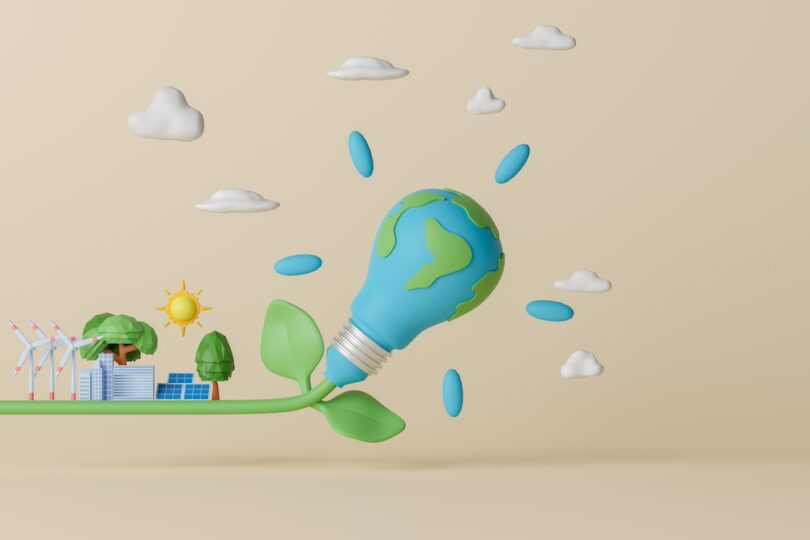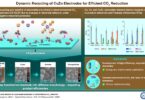Discover the Top 10 Natural Resources and Their Impact on Our Lives
In our daily hustle, it’s easy to overlook the natural resources that power our lives. From the water we drink to the energy that fuels our homes, these resources are vital. This blog post aims to shed light on the top 10 natural resources, their importance, and how they shape our world. Whether you’re a student, an environmental enthusiast, or just curious about our planet, this guide is for you.
Understanding Natural Resources
What Are Natural Resources?
Natural resources are materials or substances that occur naturally within environments. They are extracted and utilised for economic gain and human needs. These resources can be renewable, like solar energy, or non-renewable, like coal. Understanding them helps us appreciate their value and the need for sustainable practices.
Why Are Natural Resources Important?
Natural resources are the backbone of our existence. They provide us with food, shelter, and energy. Without them, modern life as we know it would cease to exist. These resources also contribute to economic development, influencing industries and job creation.
Types of Natural Resources
Natural resources are broadly classified into two categories:
- Renewable
- Non-renewable
Renewable resources, such as sunlight and wind, can be replenished naturally. Non-renewable resources, like fossil fuels, are finite and take millions of years to form. Both types are crucial, but their management requires different strategies.
Water
The Essence of Life
Water is arguably the most critical natural resource. It covers about 71% of the Earth’s surface and is essential for all known forms of life. We use water for drinking, agriculture, industrial processes, and maintaining healthy environments in senior living communities.
Water’s Role in Ecosystems
Water supports diverse ecosystems, from oceans to freshwater lakes. It is home to countless species and is integral to various biological processes. Conservation of water bodies is essential to maintain biodiversity and ecological balance.
Challenges in Water Management
Despite its abundance, clean water is scarce. Pollution, climate change, and over-extraction have led to water scarcity in many regions. Sustainable water management practices are crucial to ensure future availability.
Air
The Breath of Life
Air is a mixture of gases that are vital for human and animal life. It contains oxygen, which is essential for respiration. Clean air is crucial for health and well-being.
Air Quality and Health
Poor air quality can lead to respiratory diseases and other health issues. Industrial emissions, vehicle exhaust, and deforestation contribute to air pollution. Efforts to reduce air pollution include adopting cleaner technologies and protecting green spaces.
Protecting Our Atmosphere
The atmosphere also plays a role in climate regulation by trapping heat from the sun. Preserving air quality involves reducing greenhouse gas emissions and monitoring air pollutants.
Soil
The Foundation of Agriculture
Soil is the top layer of the Earth’s surface where plants grow. It is a vital resource for agriculture, providing nutrients and support for crops. Healthy soil contributes to food security.
Soil Composition and Types
Different soils have varying compositions of minerals, organic matter, and microorganisms. Understanding soil types helps in selecting appropriate crops and farming practices. Soil conservation techniques prevent erosion and degradation.
Threats to Soil Health
Urbanisation, deforestation, and excessive use of chemicals can degrade soil quality. Sustainable farming practices and reforestation efforts are essential to maintain soil health.
Forests
The Lungs of the Earth
Forests cover about 31% of the Earth’s land area and are home to diverse wildlife. They act as carbon sinks, absorbing carbon dioxide and releasing oxygen. Forests also provide timber, medicinal plants, and recreation spaces.
Biodiversity in Forests
Forests are incredibly biodiverse, hosting millions of species. Protecting forests helps preserve this biodiversity and maintains ecological balance. Conservation efforts include creating protected areas and sustainable logging practices.
Deforestation and Its Impact
Deforestation leads to habitat loss, climate change, and soil erosion. Reducing deforestation through reforestation and sustainable land management is crucial for environmental health.
Minerals
Building Blocks of Modern Life
Minerals are naturally occurring substances with a definite chemical composition. They are used in construction, manufacturing, and technology. Common minerals include iron, copper, and gold.
Extraction and Use
Mining is the primary method of extracting minerals. While it provides essential materials, mining can also cause environmental damage. Responsible mining practices aim to minimise this impact.
Sustainable Mineral Management
Recycling and using alternative materials can reduce the demand for new mineral extraction. Policies promoting sustainable mining practices are essential for long-term resource management.
Fossil Fuels
Powering Our World
Fossil fuels, including coal, oil, and natural gas, are non-renewable energy sources formed from ancient organic matter. They power industries, transportation, and households.
Environmental Impact
Burning fossil fuels releases greenhouse gases, contributing to global warming. Oil spills and coal mining also pose environmental risks. Transitioning to cleaner energy sources is vital for reducing carbon footprints.
Alternatives to Fossil Fuels
Renewable energy sources like solar, wind, and hydro power offer sustainable alternatives. Investing in renewable energy infrastructure is essential for a greener future.
Sunlight
The Source of All Energy
Sunlight is a renewable resource that drives photosynthesis and provides solar energy. It is abundant and accessible worldwide, making it a key player in renewable energy solutions.
Solar Energy Applications
Solar panels convert sunlight into electricity, reducing reliance on fossil fuels. Solar energy is used in homes, businesses, and even large-scale power plants. Innovations in solar technology continue to improve efficiency and affordability.
Benefits of Solar Power
Solar energy reduces greenhouse gas emissions and lowers energy costs. It also promotes energy independence and can be harnessed in remote areas. Supporting solar energy initiatives contributes to sustainable development.
Wind
Harnessing the Wind
Wind energy is another renewable resource with significant potential. Wind turbines convert kinetic energy from the wind into electricity. Wind farms are a growing part of the global energy mix.
Wind Energy Advantages
Wind energy is clean, renewable, and abundant. It reduces carbon emissions and reliance on fossil fuels. Advances in turbine technology are making wind energy more efficient and cost-effective.
Challenges in Wind Energy
Wind energy production depends on wind availability and can be inconsistent. Integrating wind energy into the grid requires careful planning and infrastructure investment. Addressing these challenges is key to expanding wind energy use.
Wildlife
Nature’s Balance
Wildlife includes all animals, plants, and microorganisms that live in natural habitats. Wildlife is crucial for ecosystem balance and provides resources like food and medicine.
Conservation Efforts
Protecting wildlife involves preserving habitats, preventing poaching, and promoting biodiversity. Conservation organisations work globally to protect endangered species and their habitats.
Human-Wildlife Interaction
Human activities can negatively impact wildlife. Responsible tourism, sustainable practices, and awareness campaigns help mitigate these effects and promote coexistence.
Oceans
The Blue Planet
Oceans cover over 70% of the Earth’s surface and are vital for global ecosystems. They regulate climate, provide food, and support biodiversity. Oceans also facilitate trade and tourism.
Marine Biodiversity
Oceans are home to a vast array of species, from tiny plankton to massive whales. Protecting marine life involves combating pollution, overfishing, and climate change.
Ocean Conservation
Marine protected areas, sustainable fishing practices, and reducing plastic waste are key to ocean conservation. International cooperation is essential to address these global challenges.
Conclusion
Natural resources are integral to our lives and the planet’s health. Understanding their importance and managing them sustainably is crucial for future generations. Let’s take actionable steps to conserve and protect these invaluable assets.
We invite you to join our community of environmentally conscious individuals. Sign up for our newsletter for more insights and tips on sustainable living. Together, we can make a difference.







